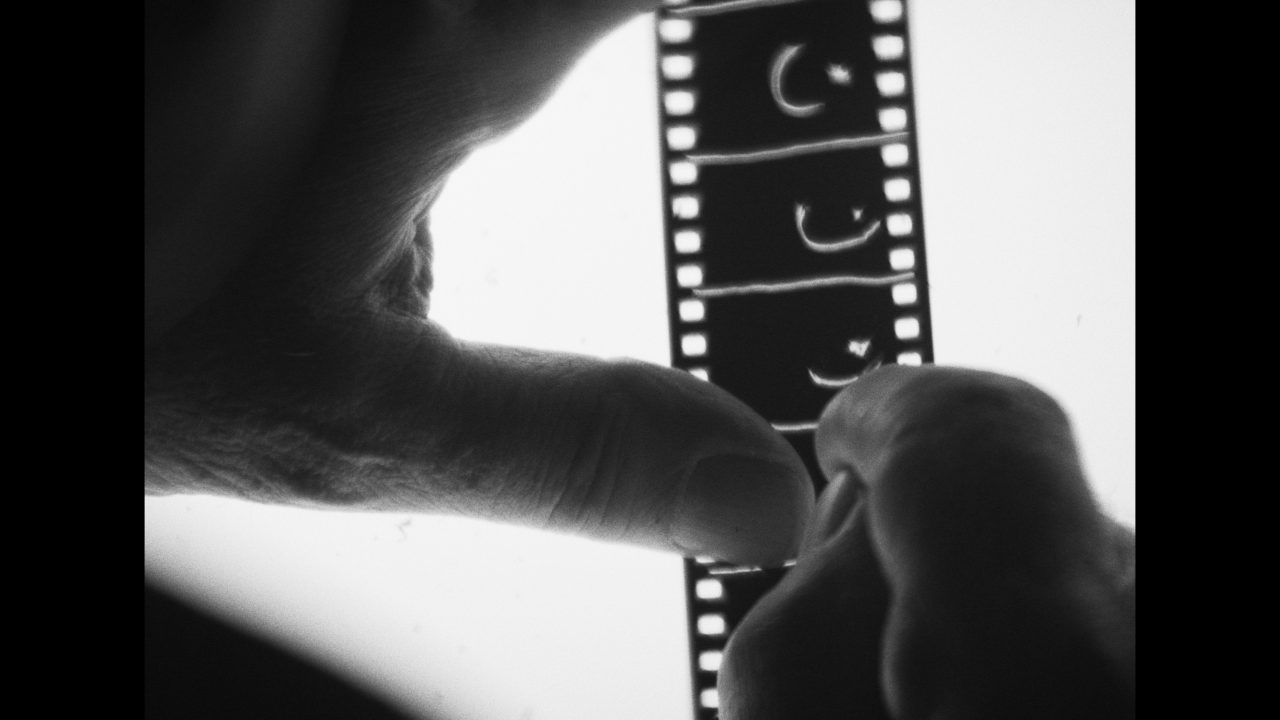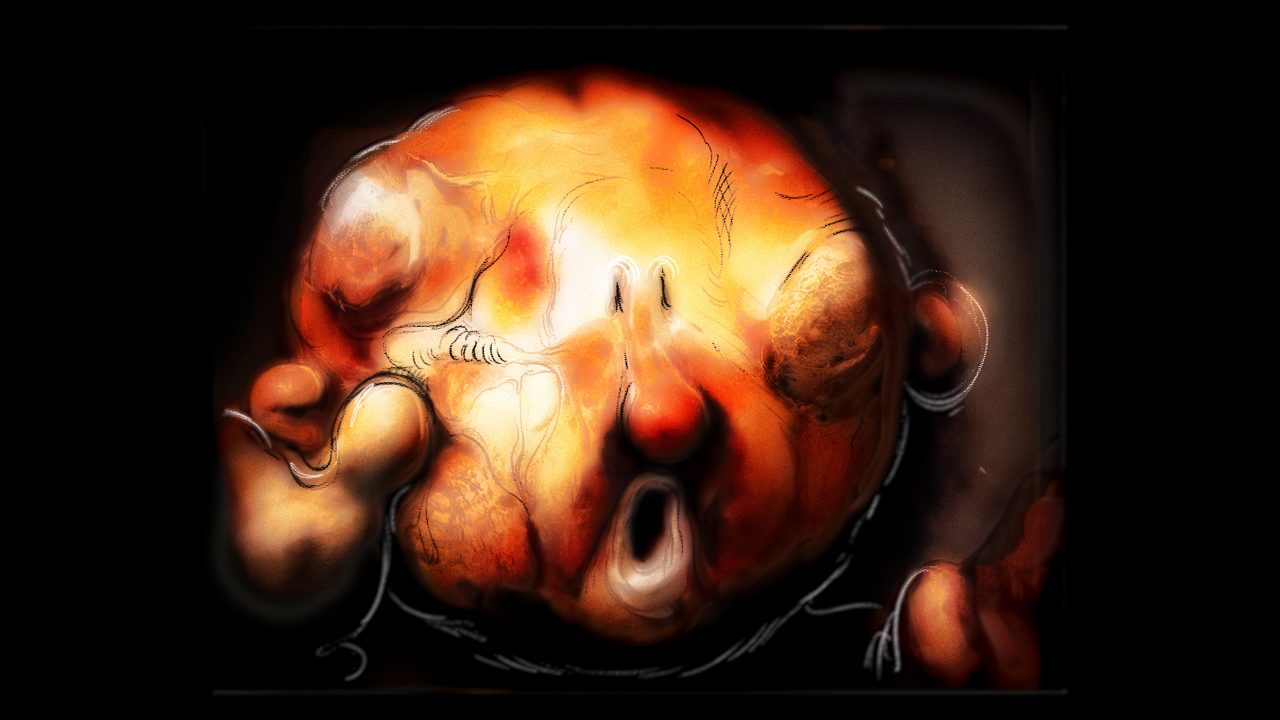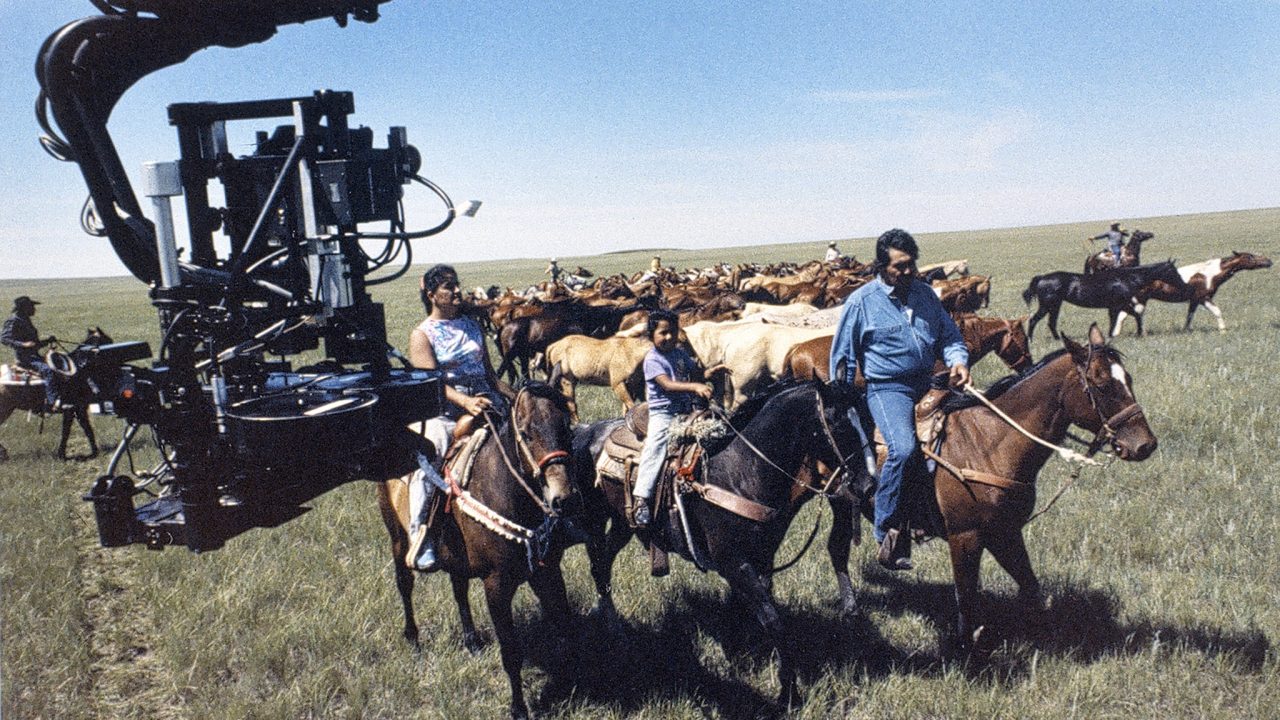Neighbours: The NFB’s Second Oscar Winner
Neighbours, Norman McLaren, provided by the National Film Board of Canada
Norman McLaren’s Neighbours is probably the most well-known National Film Board production of all time. How it came to be so famous is a fascinating story.
McLaren got the idea to make the film as a parable on war after a trip to China with UNESCO. He had developed empathy for the Chinese people and was surprised, upon his return to Canada, to discover that China was not seen in a good light. The Korean War had cast the Chinese as the enemy, which upset McLaren and led him to make the film.
His original intent was to make an experimental film simply to try out single frame animation with live actors. He was influenced by French films of the first half of the twentieth century that used a similar technique (though they abandoned it after a couple of years). The entire film was improvised and produced without a shooting script. It was shot in the summer of 1951, near Rockcliffe airport in Ottawa, with a crew of four: McLaren, Wolf Koenig on camera, and the duo of Grant Munro and Jean-Paul Ladouceur as actors. McLaren chose to shoot it on 16mm Kodachrome film stock to keep the costs down. The synthetic soundtrack was created by McLaren, by painting the sound directly onto the film.
The NFB deemed Neighbours a natural fit for the non-theatrical market, especially art house theatres. It was screened for Canadian theatrical distributors, who thought it wasn’t very good. Columbia Pictures agreed to distribute it in a few art cinemas in Canada but never expected it to make much of a splash. The NFB’s distribution people did not feel the film had much of a chance.
American theatrical distributors were shown the film and most turned it down, stating it was “too gruesome and of a poor technical quality.” It was, however, picked up by distributor Mayer-Kingsley, who blew it up to 35mm and attempted to show it in New York in October 1952. Several cinemas turned it down, but the distributor persisted and managed to arrange a booking at the Trans-Lux theatre, alongside the feature film O Henry’s Full House, starring Anne Baxter and Marilyn Monroe. It ran for several weeks, qualifying for the Academy Awards. Even though Norman McLaren was well-known in film circles for his wonderful animated films, no one expected the Oscar nomination that followed.
In the meantime, Neighbours was shown in France and the United Kingdom to critical acclaim. Once the film won the Oscar, every distributor in Canada and around the world wanted it. Interestingly, Norman McLaren was travelling in India at the time and was sent a telegram informing him of the win; he wrote back to say that he was happy to win an award, but “who was this Oscar?”
In Canada, the film was shown in theatres to a muted response. Many people did not like the film, nor understand it, and some asked theatres to withdraw it (it only received some ninety commercial bookings in its seven-year theatrical run in this country). This is not surprising, as experimental films were not well received during the 1950s. The response was very different around the world; outside of Canada, it became the most popular NFB film of all time, boasting over 77,000 theatrical bookings worldwide by 1987. After its rather limited theatrical run in Canada, the film was released to the non-theatrical market, where it became the third most booked NFB film in Canada, and a huge hit, particularly in schools.
The sequence in which the women and babies are being attacked was removed by an American educational distributor who felt it was too violent (the Italian theatrical distributor also objected). McLaren was originally upset because he felt cutting the film would create problems with the soundtrack. He was impressed with the shortened version, however, and decided to leave it as is; this became the official print, distributed by the NFB for years to come. In the late 1960s, while travelling in Europe and the US, McLaren received many complaints from people asking him to bring back the original version. Because of this and the growing conflict in Vietnam, in 1967 McLaren decided to restore the film to its original length. He felt the longer version, with its images of innocent people being attacked, was a strong allegory for war, as opposed to the shorter version, which focussed more on a dispute between two people and was somewhat lacking in impact.
The film won many awards over the years, but strangely they were in the documentary category, even though it had no documentary elements in it. This is true of the Oscar it won as well, for Best Documentary, Short Subject. It was named a Masterwork by the Canadian Audio-Visual Preservation Trust in 2000, the first year this prestigious award was presented. In 2006, the film, along with all of McLaren’s works, were completely restored by the NFB and released in a special seven-DVD Master’s Edition box set.
Nearly sixty years after its release, Neighbours remains a popular choice on <NFB.ca>, with more than 47,000 views (so far). This is hardly surprising, as it has proven over the years that it leaves a lasting impression on audiences. It has always been a complicated film, yet one with a simple message that resonates with people in every corner of the planet. It might take a second or third viewing to truly appreciate McLaren’s artistry, but Neighbours is unforgettable.
-
Pingback: Stop Motion y Pixilación: intento 2 – El presente me distrae
-
Pingback: A Parable in Pixillation: Neighbours (1952) – Cinematic Scribblings
-
Pingback: An Oscars-Weekend Reminder to Be Good to Your Neighbors | Ace Campaign.com
-
Pingback: Neighbors (1952) | Rikaroo



